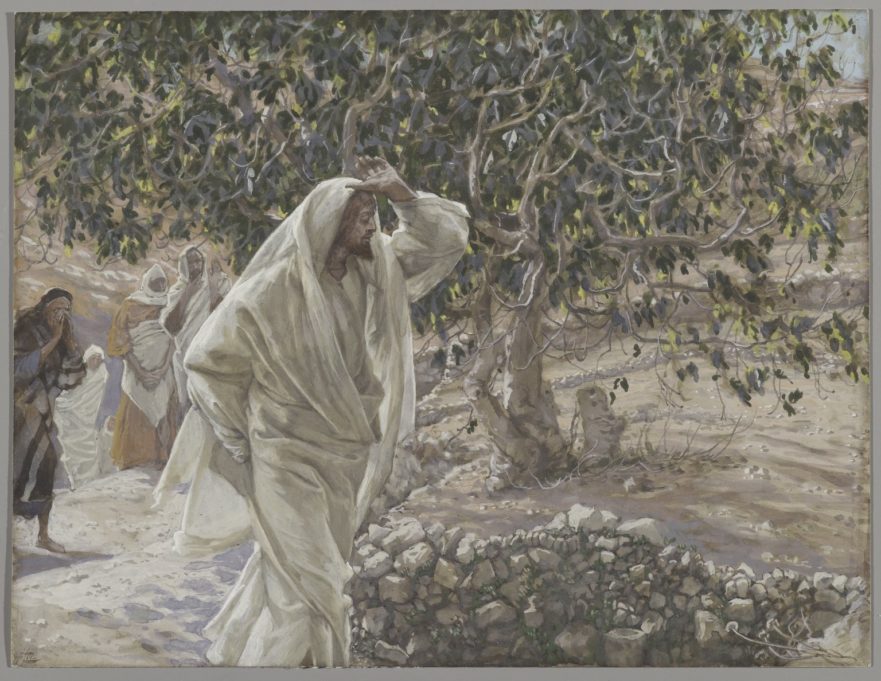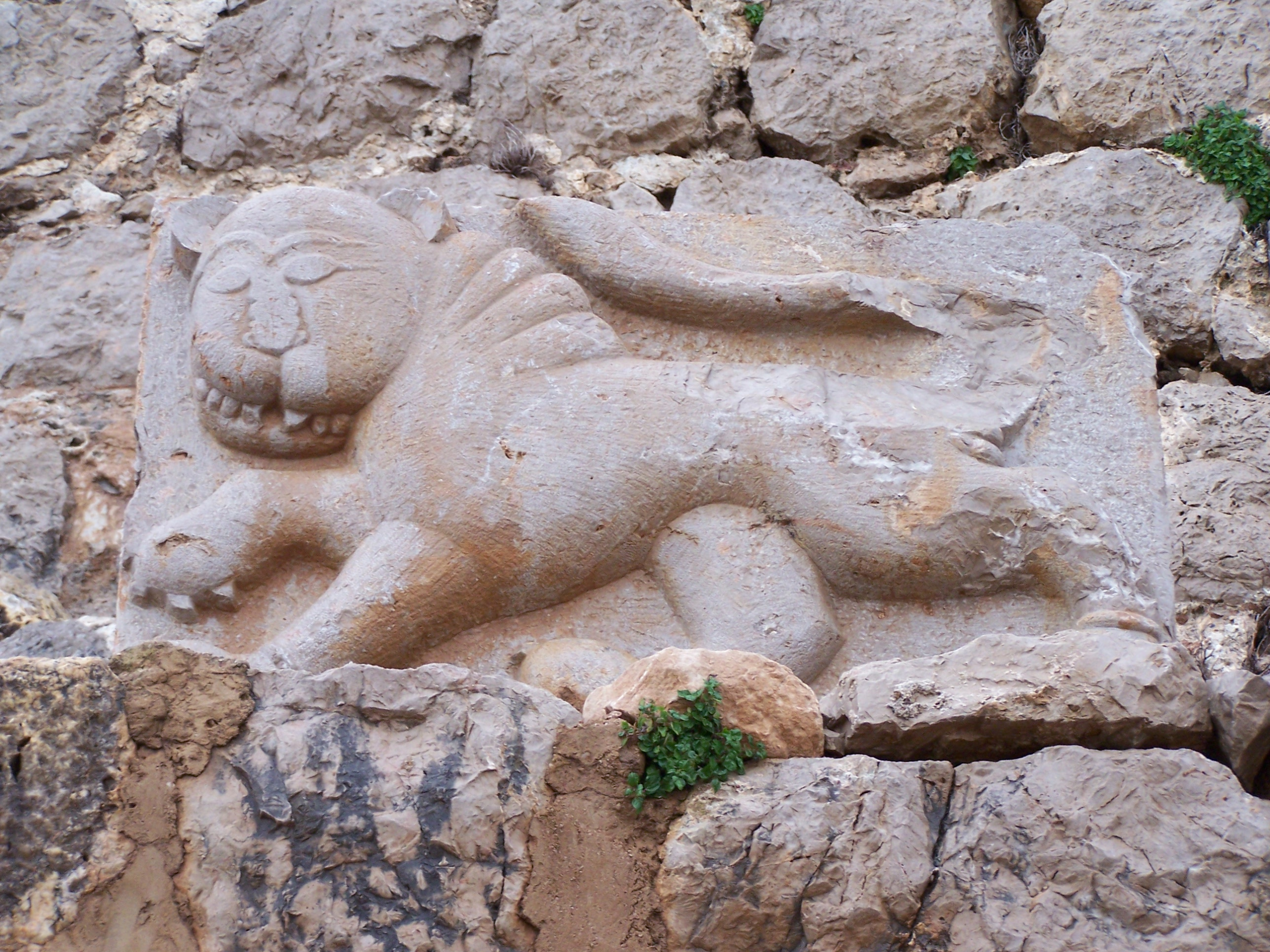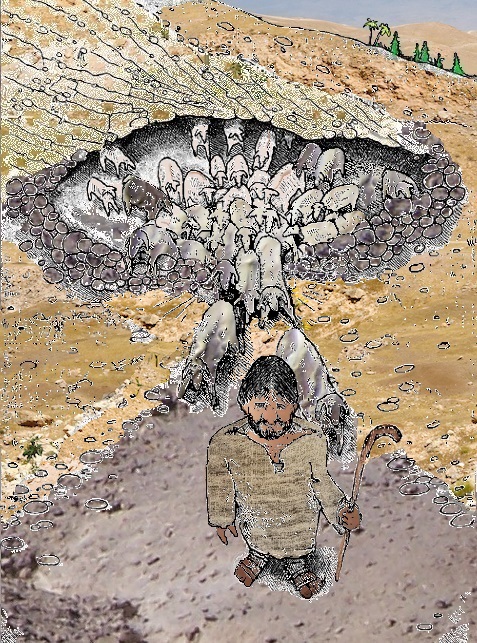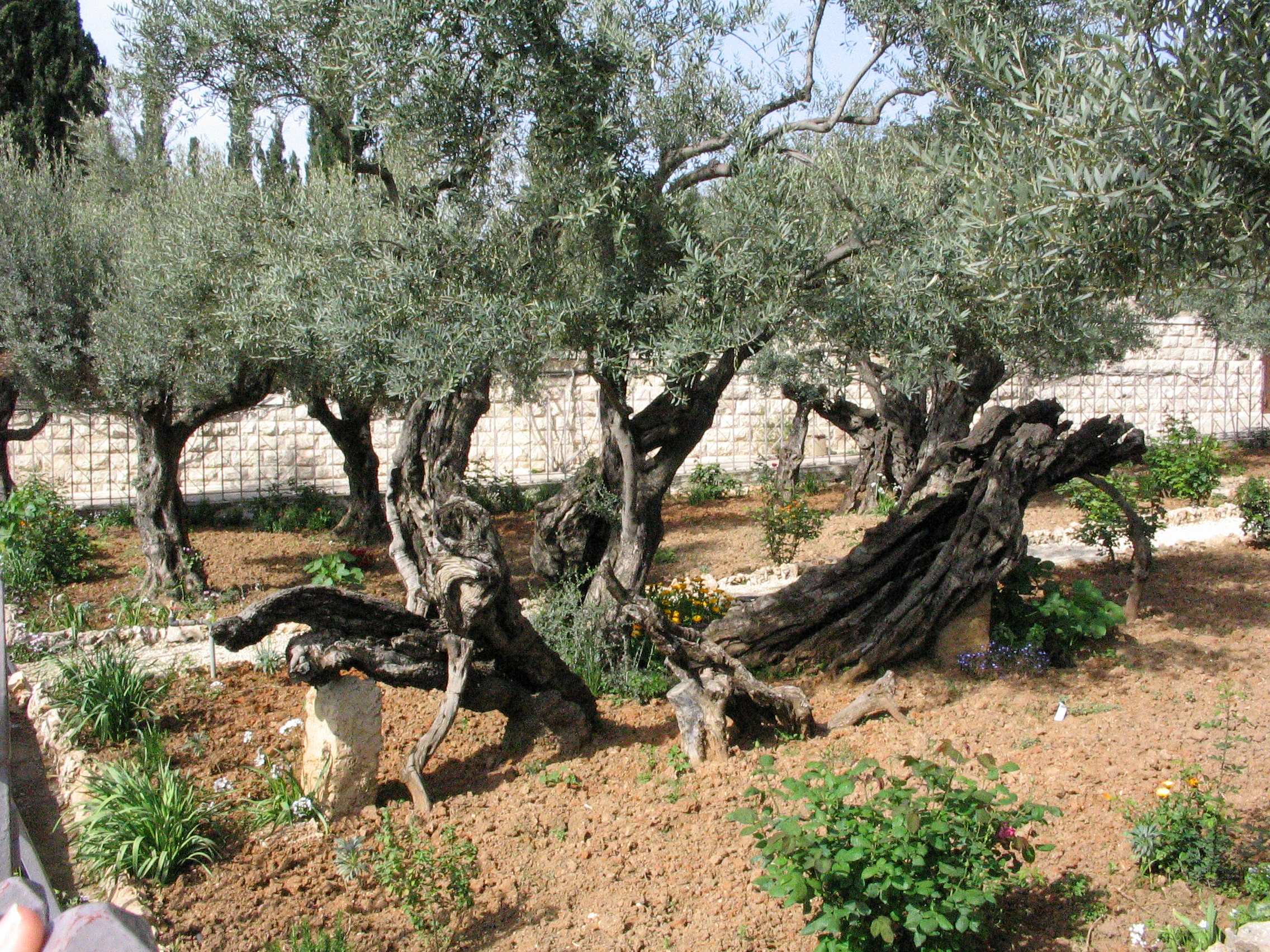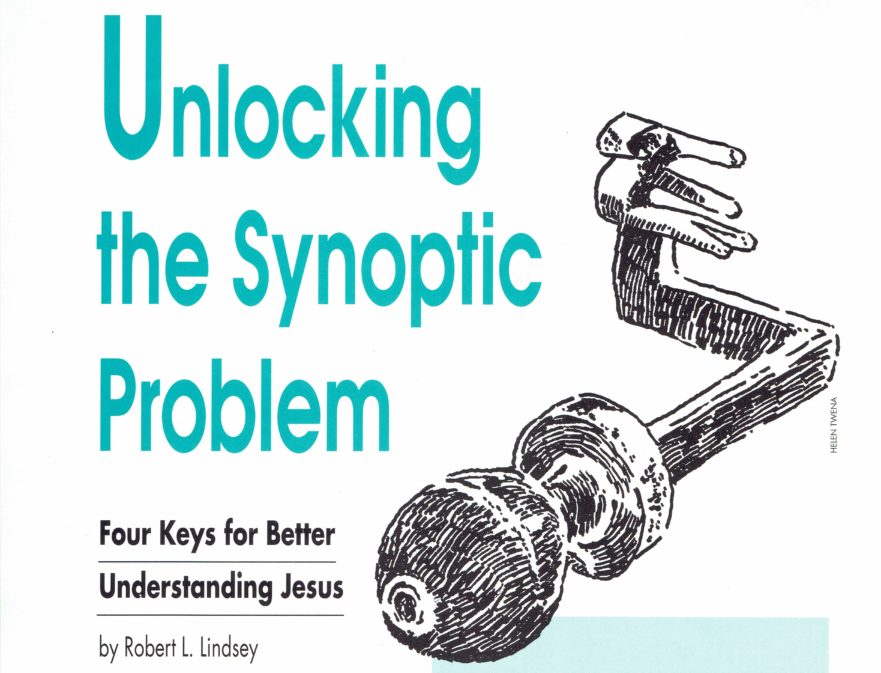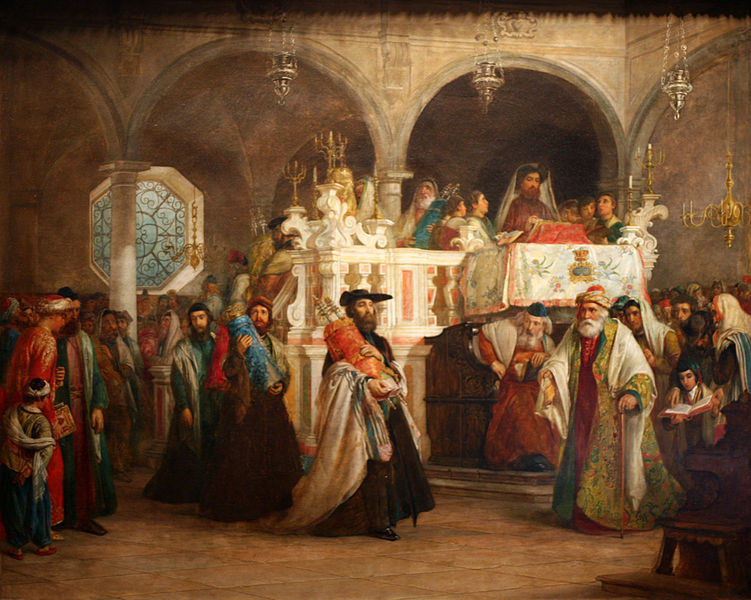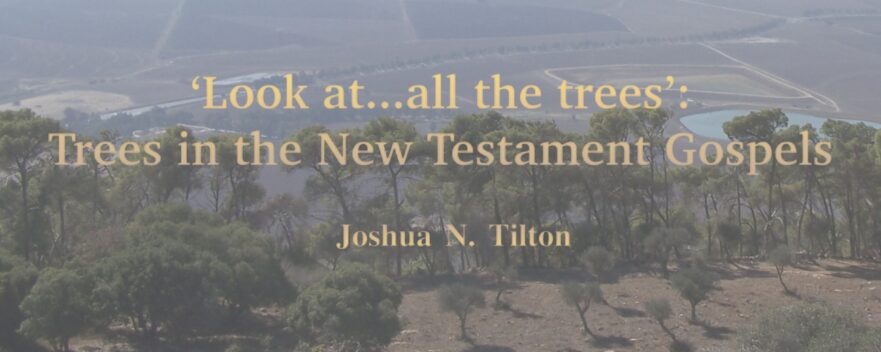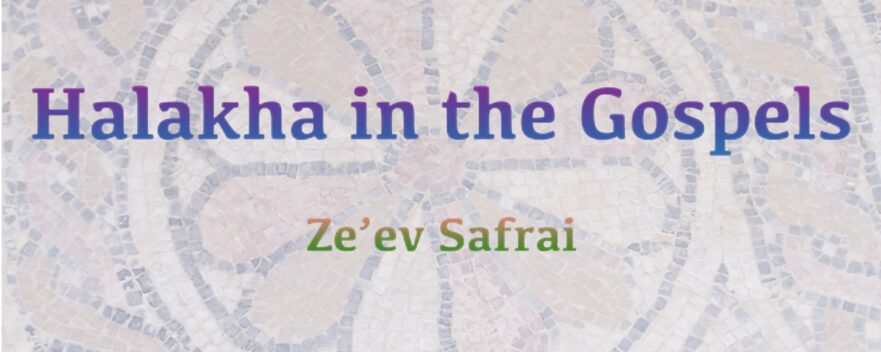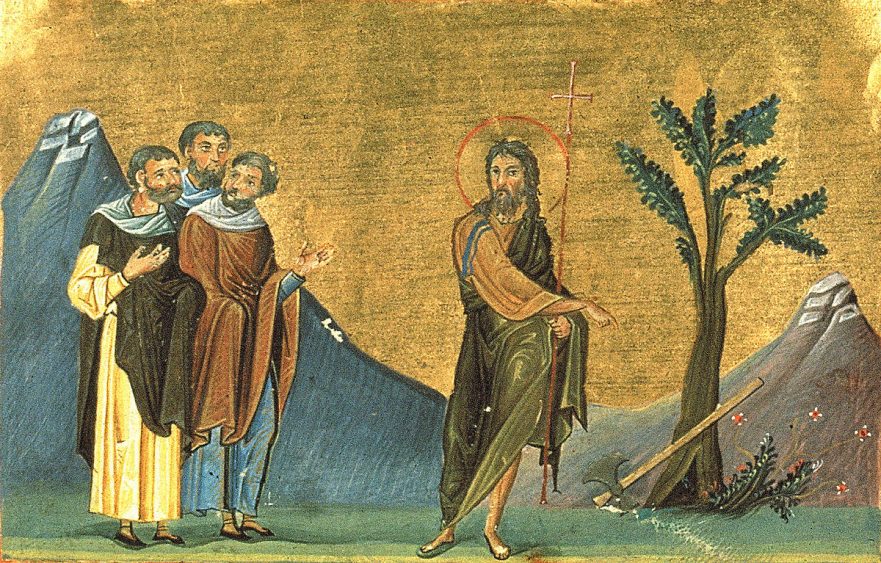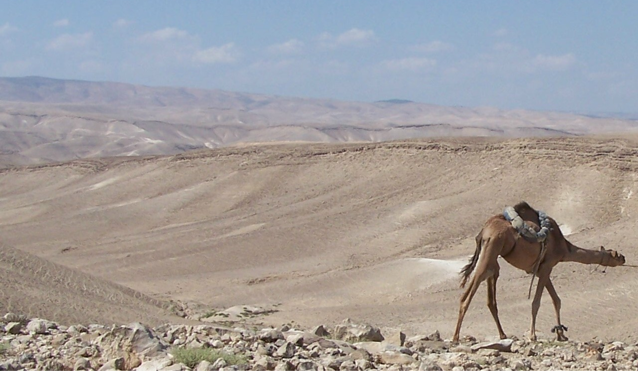Matt. 21:18-20; Mark 11:12-14, 20-21 (Huck 199, 201; Aland 272, 275; Crook 308, 310)For abbreviations and bibliographical references, see “Introduction to ‘The Life of Yeshua: A Suggested Reconstruction.'”
Call of Levi
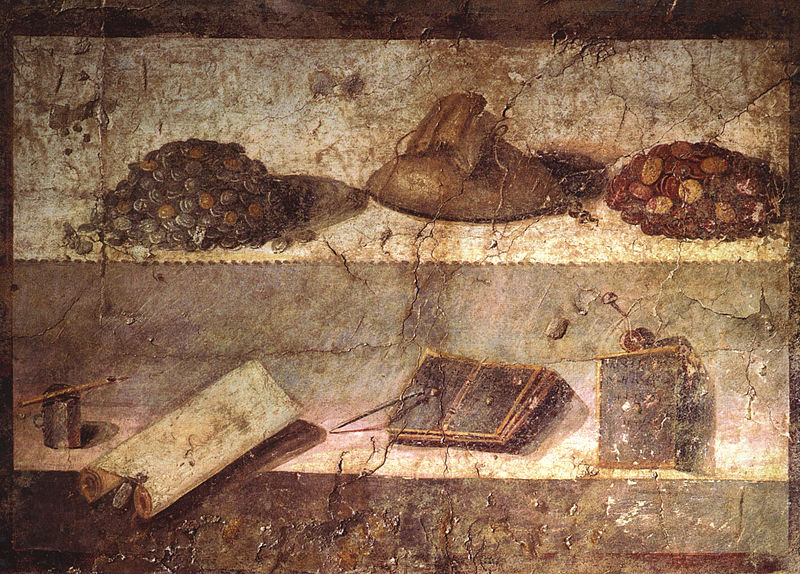
Matt. 9:9-13; Mark 2:13-17; Luke 5:27-32; 15:1-2
(Huck 53; Aland 44, 93; Crook 67, 97)For abbreviations and bibliographical references, see “Introduction to ‘The Life of Yeshua: A Suggested Reconstruction.'”… All three evangelists also agree to place the Bedridden Man narrative (Matt. 9:1-8; Mark 2:1-12; Luke 5:17-26) immediately before the Call of Levi story, and to place Why Yeshua’s Disciples Do Not Fast (Matt. 9:14-17; Mark 2:18-22; Luke 5:33-39) immediately afterward.
Teaching in Kefar Nahum
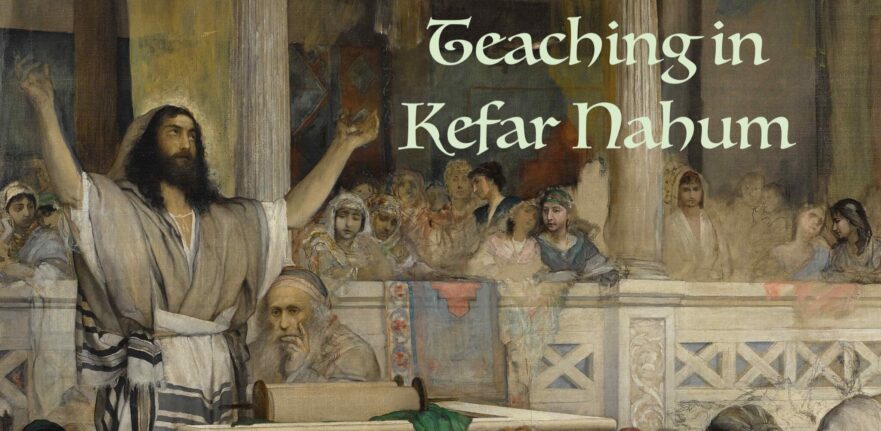
— wp:heading {“level”:3,”className”:”has-text-align-center”} –> Matt. 4:13-16; 7:28-29; Mark 1:21-28; Luke 4:31-37
In Luke’s Gospel Teaching in Kefar Nahum (Luke 4:31-37) follows the account of Jesus’ visit to his hometown in Nazareth (Nazarene Synagogue; Luke 4:14-30). This story order is distinctly odd, since in Nazarene Synagogue Jesus mentions having performed miracles in Capernaum (Luke 4:23), even though Luke had not yet recorded either a miracle or a visit to Capernaum. Because of Jesus’ remark in Luke 4:23, the author of Luke would have done better if he had made Nazarene Synagogue the sequel to Teaching in Kefar Nahum rather than its prequel. … These redactional changes emphasize the positive response Jesus’ teaching elicited from his hearers (Luke 4:15, 32), a response that contrasts with the negative reaction to Jesus’ teaching in Nazareth.
An Introduction to Synoptic Studies
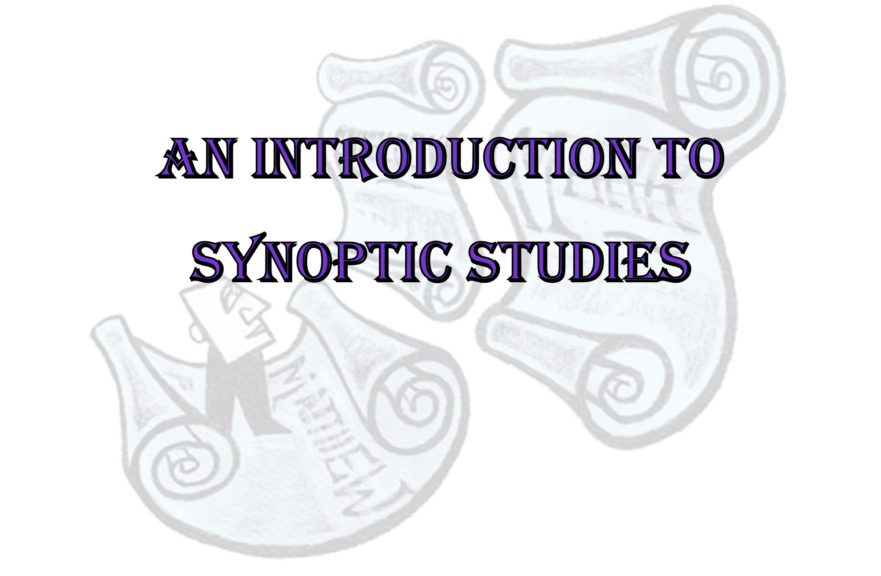
.,” which also was the quotation with which Jesus announced his ministry in the synagogue of Nazareth (Luke 4:18).
Four Soils Parable
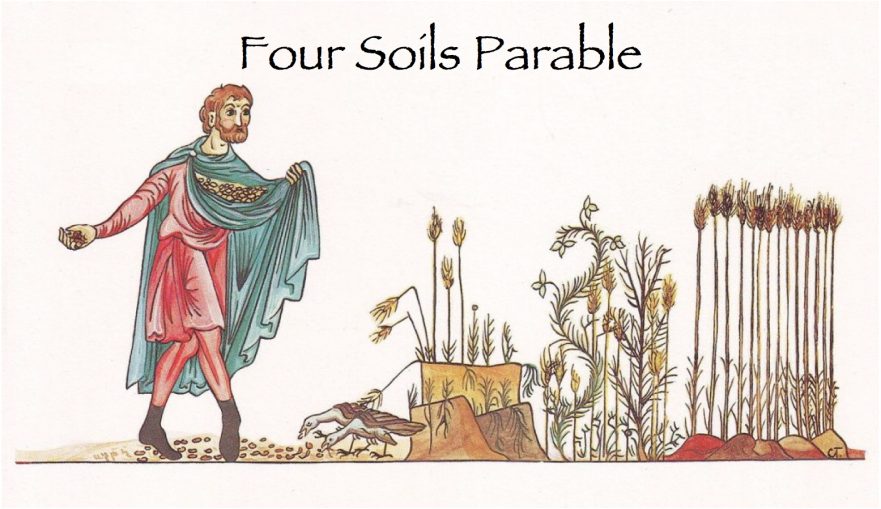
Matt. 13:1-9; Mark 4:1-9; Luke 8:4-8
(Huck, 90; Aland, 122; Crook, 144)For abbreviations and bibliographical references, see “Introduction to ‘The Life of Yeshua: A Suggested Reconstruction.'” Updated: 25 October 2023
וַיְהִי בַּיּוֹם הַהוּא וַיֵּאָסְפוּ אֻכְלוּסִים גְּדוֹלִים וַיֵּלְכוּ אֵלָיו וַיִּמְשׁוֹל לָהֶם מָשָׁל לֵאמֹר יָצָא הַזּוֹרֵעַ לִזְרוֹעַ אֶת זַרְעוֹ וּבִזְרִיעָתוֹ זֶה נָפַל עַל הַדֶּרֶךְ וְנִדְרַךְ וְעוֹף הַשָּׁמַיִם אָכְלוּ אוֹתוֹ וְאַחֵר נָפַל עַל הַסֶּלַע וְעָלָה וְיָבֵשׁ מֵאֵין לֵחָה וְאַחֵר נָפַל בֵּין הַחוֹחִים וְעָלָה וְהַחוֹחִים חָנְקוּ אוֹתוֹ וְאַחֵר נָפַל בָּאֲדָמָה הַטּוֹבָה וְעָלָה וְעָשָׂה פְּרִי וּמָצָא מֵאָה שְׁעָרִים מִי שֶׁיֵּשׁ לוֹ אָזְנַיִם לִשְׁמוֹעַ יִשְׁמַע
Later that day large crowds of people gathered and came to Yeshua, and he told them this parable: “A sower went out to sow his seed. As he sowed, some fell on a footpath. First it was trampled, then the birds of the sky ate it. Some fell on rock.
Heaven and Earth Pass Away

In any case, many scholars deny that either of these sayings belonged to the preexisting homily the author of Matthew expanded into the Sermon on the Mount (

